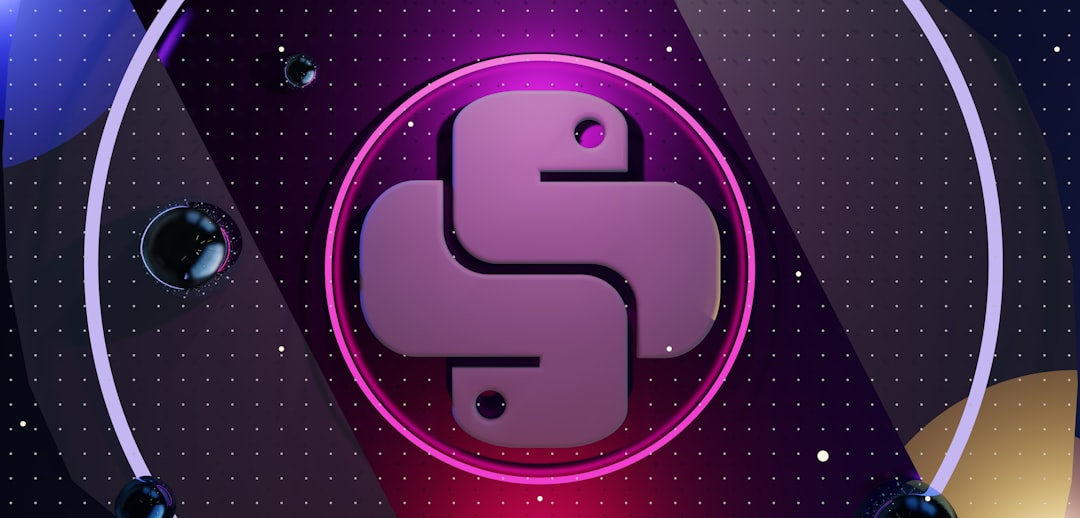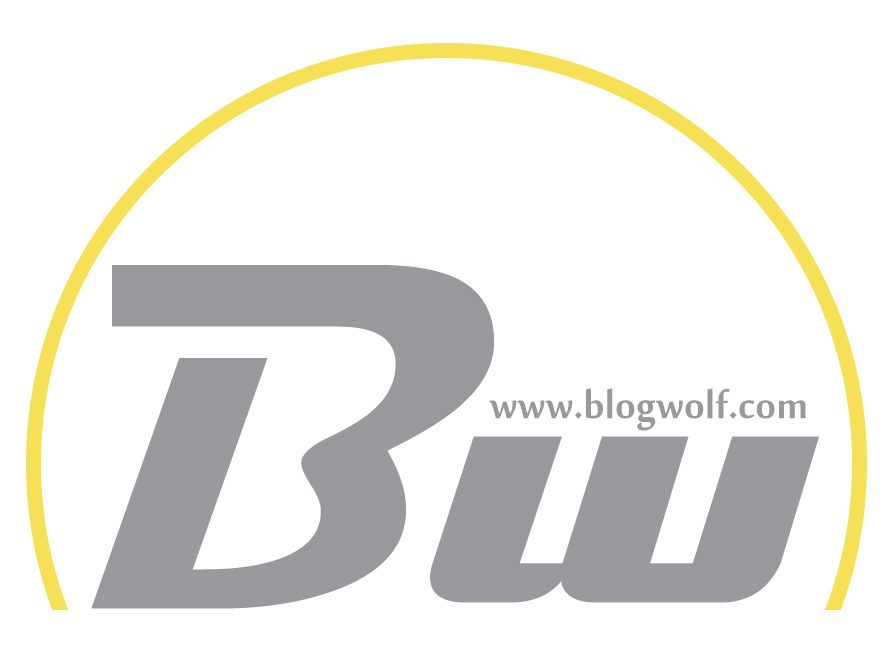Table of Contents
So, your brand-new logo is ready. It’s perfect. Shiny, pixel-perfect, and full of promise. Now it’s time to hand it off to the development team. 🧑💻 But wait! How do you make sure they don’t end up pasting a low-res PNG onto the homepage?
Here’s where the magic of proper logo handoff comes in.
TLDR:
- Always share logo assets in multiple formats and resolutions.
- Give developers clear naming conventions and usage guidelines.
- Provide a style or token system that developers can plug right into code.
- Make it easy, make it complete. Everyone wins. 🎉
What Developers Actually Need
Designers and developers speak slightly different languages. Where you see gradients and perfect spacing, developers see code, pixels, tokens, and properties.
To make your handoff successful, you need to give them:
- Assets in useful formats
- Correct sizes for each use case
- Design tokens that translate design into code
The Assets: Quality Files, Please!
Don’t just toss your design into a ZIP file and call it done. 🚫 Developers need assets that are ready to use. Clean and clear.
Here are the file types you should provide:
- SVG: Scalable, lightweight, perfect for web.
- PNG: For fallback or email use (with transparent background).
- PDF or EPS: For print.
Here’s a golden rule: Include both light and dark versions of the logo.
Also, make sure the filenames are easy to understand!
- logo-full-dark.svg
- logo-icon-light.png
- logo-horizontal-dark@2x.png

Don’t Forget the Sizes
One size does not fit all. Developers usually need logos at multiple sizes depending on where they’ll be used.
Typical use cases include:
- Website header
- Mobile app icon
- Favicon
- Emails and signatures
- Social media previews
To prep these, create a set of common sizes:
- 512×512 (App icons)
- 256×256 (Favicons @ 2x)
- 120×120 (Small UI views)
- 32×32 (Tiny favicons)
Tip: Always export them in @1x, @2x, and @3x versions for retina displays.
Tokens: Your Dev’s Best Friends 🧩
Enter: Design tokens.
These are like bite-sized design rules written in code. Developers love them. You define things like colors, spacing, and typography in one place — and reuse them everywhere.
Here’s what you might include for logo usage:
- Primary brand color
- Background color for light and dark modes
- Padding/margin around the logo
- Minimum logo sizes for accessibility
Tokens might look like this in JSON or CSS:
{
"logo": {
"minWidth": "64px",
"padding": "16px",
"backgroundLight": "#ffffff",
"backgroundDark": "#1a1a1a",
"primaryColor": "#0044ff"
}
}
Bonus points if your tokens can be dropped into tools like Style Dictionary or Tailwind CSS!
Include a Mini Style Guide
This isn’t a novel. Just 1-2 pages of quick info go a long way. Include:
- Where to use horizontal vs stacked logos
- Do’s and don’ts (stretching, rotating, background colors)
- Logo color rules for dark and light backgrounds
- Margins or clear space guidelines
Example:
Minimum clear space = height of "o" in the logo Never place logo on clashing backgrounds (like neon green 😬)

Delivery Tools that Make This Easy
You can package all this up using tools that designers and developers both love:
- Figma: Create a shared dev handoff page.
- Zeroheight: Build an internal style guide.
- Zeplin: Great for asset downloads and specs.
- Notion: A flexible option for storing handoff info.
Pro tip: Include links to download everything. Don’t expect developers to guess. Or dig. Or Slack you at 10 PM. 💤
Checklist: Before You Hit Send
Here’s a handy little checklist to double-check before handing it all off:
- All logo variations are exported (horizontal, stacked, icon-only)
- Files are named clearly
- Assets included: SVG, PNG, PDF
- Sized versions included for web, mobile, favicon
- Design tokens defined in JSON or CSS
- Mini style guide included (PDF or web page)
- You tested it… and it looks great everywhere 🎯
Communicate, Then Celebrate 🎉
Once you’ve handed everything over, do a short walkthrough with your developers. Show them what’s included. Answer questions. Make them feel like they’ve got gold in their hands—because they kinda do.
And then… smile. Because everyone’s happy. The brand shows up just right. And your handoff? It was flawless.
In short: A good logo handoff is part design, part developer-friendly wizardry, and part teamwork. Put in a little extra effort, and you’ll save everyone time and stress later.
Go forth and hand off like a pro. 🚀
